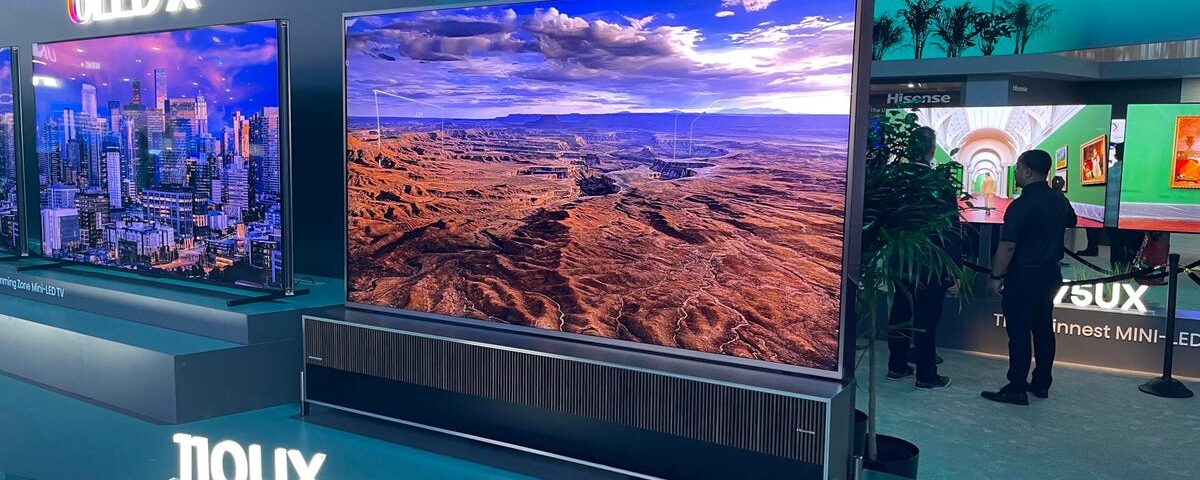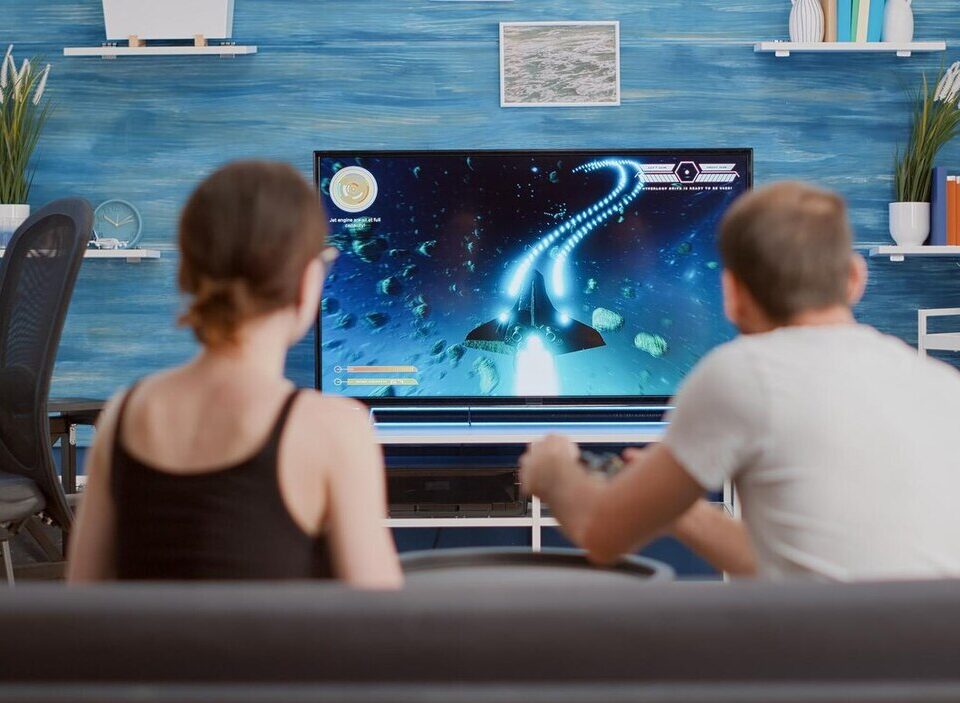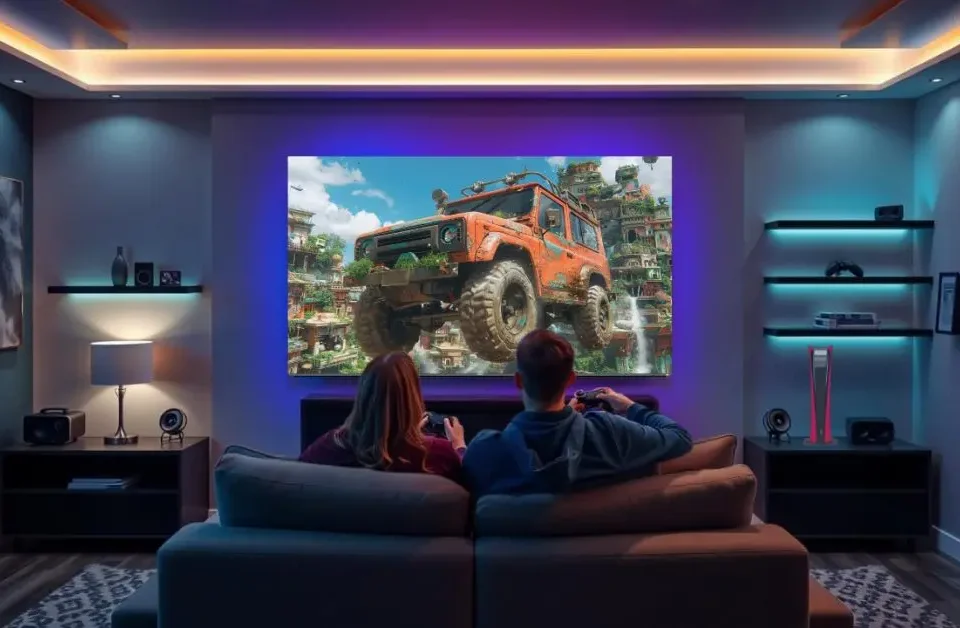The Evolution of Online TV: From Cable Boxes to Smart Streaming

Why Streaming Platforms Are Changing How We Watch TV
August 26, 2025Introduction
Television has always been at the heart of home entertainment. Decades ago, the entire family gathered around a bulky box in the living room, flipping through a handful of cable channels. Fast forward to today, and the TV is no longer just a box—it’s an intelligent hub of online entertainment. The transformation has been so rapid that the way we consume content today is almost unrecognizable compared to just a decade ago. Online TV has changed how we watch, what we watch, and when we watch it. The rise of streaming platforms, smart TVs, and internet-driven media has turned television into a personalized experience that adapts to the viewer.
The Shift From Traditional TV to Online Platforms
For many years, cable and satellite dominated the TV industry. Viewers had to pay for bundled channels, sit through advertisements, and wait for shows to air at scheduled times. But the arrival of high-speed internet reshaped everything. Online TV platforms such as Netflix, Hulu, Amazon Prime Video, and Disney+ gave people the power to watch what they wanted, whenever they wanted. Instead of flipping channels, users can now search, stream, and even binge-watch entire seasons in one sitting.
What makes online TV unique is its accessibility. People are no longer tied to the living room. With smartphones, tablets, and laptops, TV is now portable. Whether on a train, in a café, or at home, viewers can access their favorite shows instantly. This flexibility has played a huge role in the decline of traditional cable subscriptions worldwide.
Smart TVs: The Center of the Streaming Universe
While online TV can be accessed from any device, Smart TVs have taken the experience to another level. A Smart TV comes with built-in apps for Netflix, YouTube, Prime Video, and countless others. Instead of connecting extra devices, everything is integrated into one screen.
Manufacturers like Samsung, LG, and Sony are constantly improving Smart TV features. Modern TVs now support 4K Ultra HD, HDR10, and even 8K resolution for sharper images. Many also come with advanced sound technologies like Dolby Atmos, providing a cinematic experience at home. Beyond visuals, Smart TVs integrate with voice assistants such as Alexa and Google Assistant, allowing users to search for movies, adjust volume, or even control smart home devices with voice commands.
The Smart TV is no longer just a display; it has become the command center of home entertainment, blending streaming, gaming, and smart technology into one device.
The Streaming Wars: Too Much Choice?
With dozens of streaming platforms available, viewers are spoiled for choice. Netflix may have pioneered the industry, but it now competes with Disney+, HBO Max, Hulu, Peacock, Paramount+, and more. Each platform offers exclusive shows and movies to attract subscribers. For example, Disney+ holds the rights to Marvel and Star Wars, while Apple TV+ invests heavily in original productions like Ted Lasso.
But too much choice can also be overwhelming. Subscribing to multiple platforms can sometimes cost as much—or more—than traditional cable. This has sparked discussions about the future of streaming: Will services consolidate? Or will we continue to see fragmentation as every network tries to create its own online platform?
Online TV and the Rise of Binge-Watching
One of the biggest cultural shifts brought by online TV is binge-watching. Instead of waiting a week for a new episode, viewers can now watch an entire season in a single weekend. Shows like Stranger Things, Money Heist, and The Crown became global sensations largely because of this format.
Binge-watching also changes storytelling. Writers and producers can create more complex narratives, knowing viewers will watch episodes back-to-back. However, psychologists have also pointed out the downsides of binge culture—less sleep, reduced productivity, and even increased anxiety. Still, for many fans, the excitement of diving deep into a story outweighs the drawbacks.
The Future of Online TV
The future of online television is set to be even more immersive and interactive. Technologies like virtual reality (VR) and augmented reality (AR) may soon allow viewers to “step into” shows and experience them firsthand. Personalized recommendations powered by artificial intelligence will become even smarter, tailoring entire libraries to individual tastes.
Another exciting development is interactive content. Netflix has already experimented with shows like Black Mirror: Bandersnatch, where viewers can choose the direction of the story. This level of engagement turns TV into more than just passive viewing—it becomes an active experience.
Meanwhile, cloud gaming integration is expanding the role of Smart TVs beyond TV shows and movies. With services like Xbox Game Pass and NVIDIA GeForce Now, a Smart TV can also double as a gaming console without extra hardware.
Conclusion
Television has undergone one of the most dramatic evolutions in entertainment history. From the cable-dominated days of scheduled programming to the limitless flexibility of online streaming, TV has reinvented itself to match modern lifestyles. Online TV is no longer about watching—it’s about experiencing. With Smart TVs, streaming platforms, binge culture, and interactive storytelling, viewers are in control like never before.
The journey of television is far from over. As technology advances, the lines between TV, gaming, and digital experiences will blur even further. What was once a passive box in the corner of the living room has now become the heartbeat of our connected world—and the best is still yet to come.





